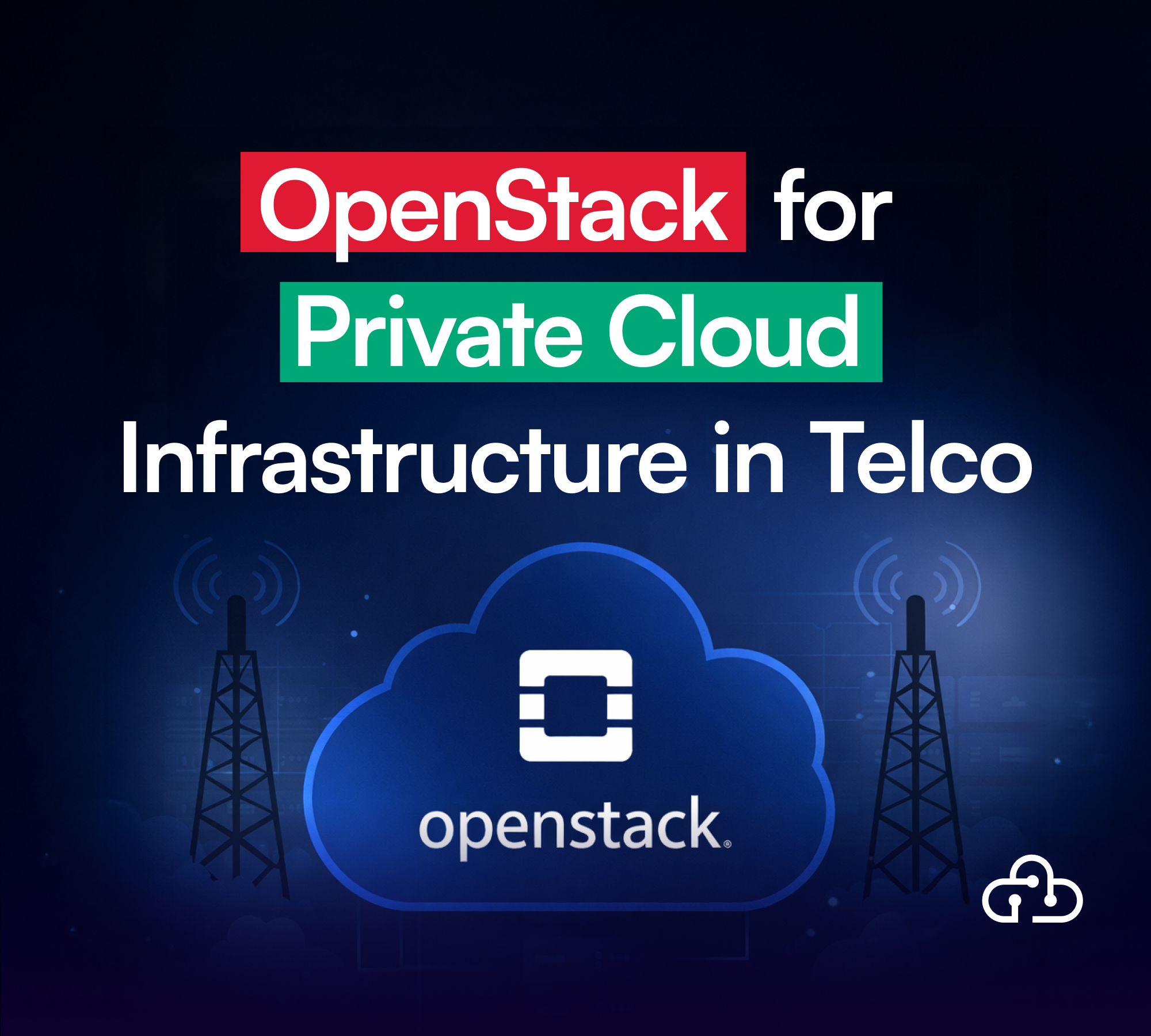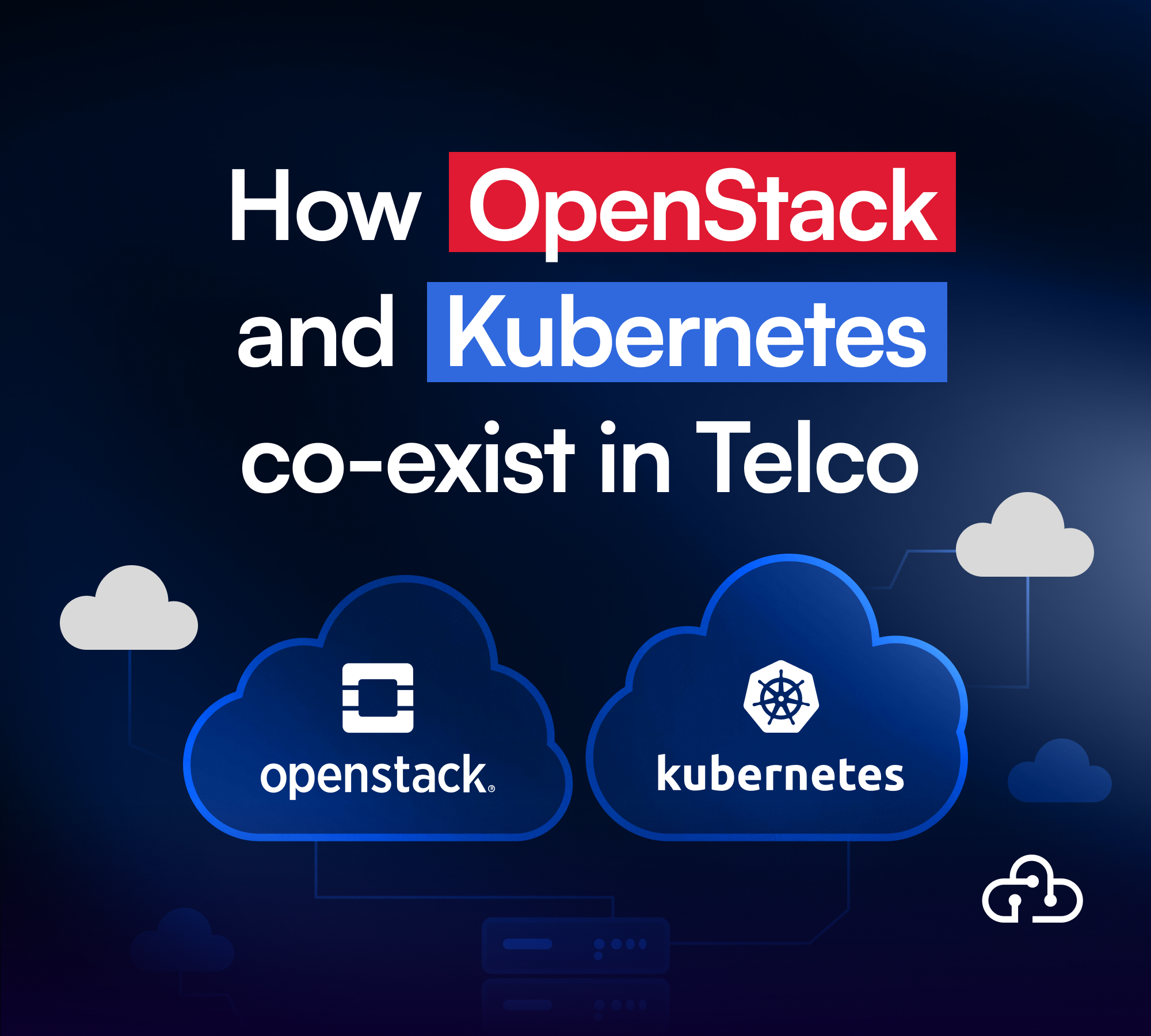The Promise of 5G
The advent of 5G has generated a lot of excitement among businesses and consumers alike. With its faster data speeds, lower latency, and greater network capacity, 5G promises to revolutionize the way we live and work.
However, 5G is more than just a faster version of 4G. It is a network that has been designed to respond to the unique stringent requirements of different industries and use cases. This is where 5G network slicing comes in.
What is 5G Network Slicing?
5G network slicing is a technique that allows for the creation of multiple virtual networks on top of a single physical network. If we stopped the definition here, you might think it is a VPN. In fact, each virtual network, or "slice," can have its own unique set of characteristics, such as bandwidth, latency, security and that customization extends to the Radio Access Network as well.
For example, a hospital might create a network slice that prioritizes real-time communications for data transfer between a cardiology equipment and surgeon connected glasses while performing a live operation, ensuring that critical information is communicated as quickly as possible, and in-context. A factory might create a private network slice that prioritizes real-time communications between machines to improve production efficiency. Another smart city application would harvest all kinds of environment metrics several times a day, from thousands of sensors, to know accurately the status of air quality for its citizens.
The Benefits of 5G Network Slicing
As an enhancement to 4G and a new feature included in 5G, users and industries alike might extract many benefits from 5G network slicing. To name a few:
- Customization: With 5G network slicing, industries can create virtual networks that are tailored to their specific needs. This allows them to select the resources they need and configure their virtual networks in a way that meets their unique requirements.
- Flexibility: 5G network slicing allows for the creation of multiple virtual networks on top of a single physical network. This means that different industries and use cases can have access to the network resources they need without interfering with each other.
- Efficiency: By creating virtual networks that are optimized for specific use cases, 5G network slicing can improve network efficiency and reduce costs.
- New Business Opportunities: With 5G network slicing, industries can create new revenue streams by offering specialized network services that meet the unique requirements of their customers.
The Challenges of 5G Network Slicing
While there are many benefits to 5G network slicing, there are also some challenges that need to be addressed. One of the most challenging slices to create is URLLC. It has latencies requirements so stringent that only distributed 5G infra with local UPF can address. if UPF, or User Plane Function, is unfamiliar to you, you can imagine a network gateway with a performance expectation to process millions of network packets in a second. Our 5G level 1 lab can guide you through the specifics, giving you an outlook from your own personal lab on how a tier-1 network telco deploys and manages a 5G core network.
In addition to the latency, creating and managing multiple virtual networks can be complex and requires careful planning and coordination from radio, fronthaul, backhaul, and core network sides.
Despite these challenges, the future of 5G network slicing looks bright. As more industries define and use 5G to design more tailored networks to comply with their expectations, the demand for customized network services will only increase. In fact, according to a recent market research, 5G network slicing is expected to generate $66 billion in revenue for mobile operators by 2026.
Conclusion: Embracing Diversity of Vertical Requirements
5G network slicing is a game-changer for industries and use cases that require specific network characteristics. It enables customization of the network resources to fit the unique needs of each use case. As such, it creates new business opportunities and allows industries to be in control of the network like never before.





%20copy%204.png)